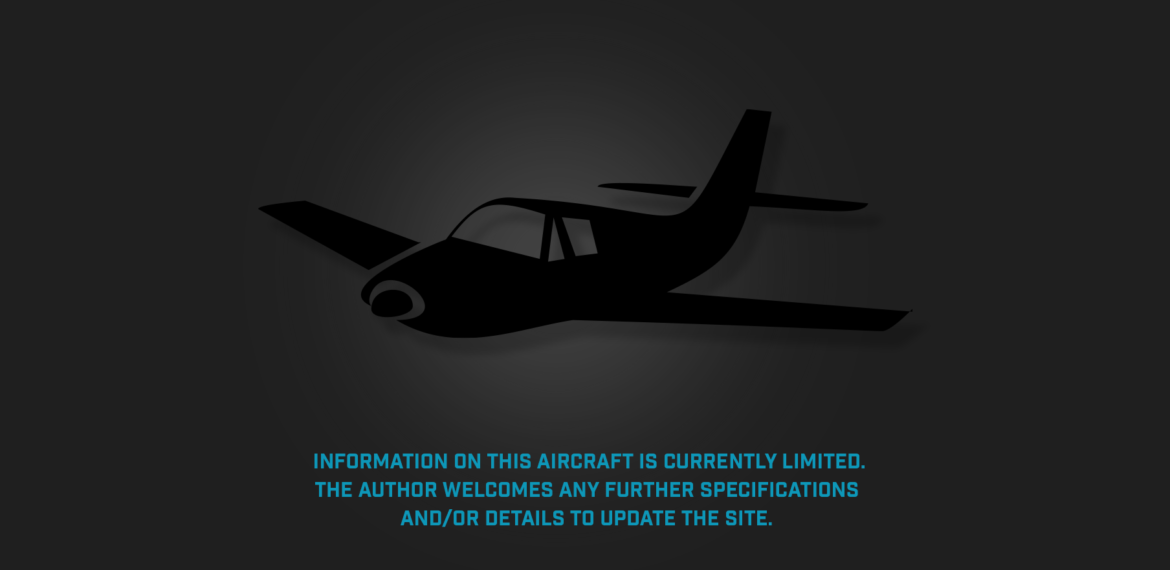Photograph:
(Not yet available)
Country of origin:
Australia
Description:
Single-seat light sport aircraft
Power Plant:
One 160 kw (215 hp) Lycoming four-cylinder horizontally-opposed air-cooled engine
Specifications:
- TBA
History:
In 1977 a Melbourne aircraft designer, Ross Nolan, proposed an aircraft known as the Opal, the aircraft to be of moulded fibreglass, with a 67 kw (90 hp) converted Volkswagen engine, have a cruising speed of 290 km/h (180 mph) and a range of 4,630 km (2,977 miles). A prototype was to be built at Essendon airport, Melbourne, VIC and the power plant installed was to be a 160 kw (215 hp) Lycoming engine centrally mounted in the fuselage below the luggage space driving through a Flexidyne dry-fluid coupling to overcome torsional resonance produced in the long drive shaft. The drive had an angled transmission-shaft, the engine driving a high-positioned, rear-mounted, aero-elastic, three-blade propeller.
The aircraft was to be a two-seat, side-by-side, model with a canopy designed for maximum visibility, and was a single-engine low-wing monoplane, designed to achieve its high performance by the use of a “tear-drop” fuselage built with fibreglass reinforced plastic and plastic-foam sandwich closely approximating a perfect aerodynamic configuration. It was to be aerobatic, have a luxury type interior, full dual controls and be able to carry up to 91 kg (200 lb) of baggage. The wing was to be of NACA 66 laminar flow, high aspect ratio offering low drag.
Protection for the pusher-propeller was to be provided by a wide “beavertail” fuselage which prevented debris from entering the propeller disc from below. The centre-line mounted main undercarriage under the fuselage was to reduce the possibility of stone damage, allowing the use of a lightweight un-armoured propeller.
In 1980 consideration was given to enlarging the design to meet the requirements of the RAAF for a new trainer, and this would have involved the installation of an Allison 250 turbine engine. It was stated all that was required to complete the aircraft was $40,000 and the loan of an engine. However, it seems the design was almost completely disregarded in planning for a new trainer for the RAAF and the Company, known as Slipstream Aviation, went on to design ultralight aircraft, particularly the Stiletto, a single-seater with a 12.7 kw (17 hp) Solo engine which met ANO 95.10 requirements.
Mr Ross Nolan was also involved in the design of an aircraft known as the Nolan Opal and this aircraft is dealt with separately.

